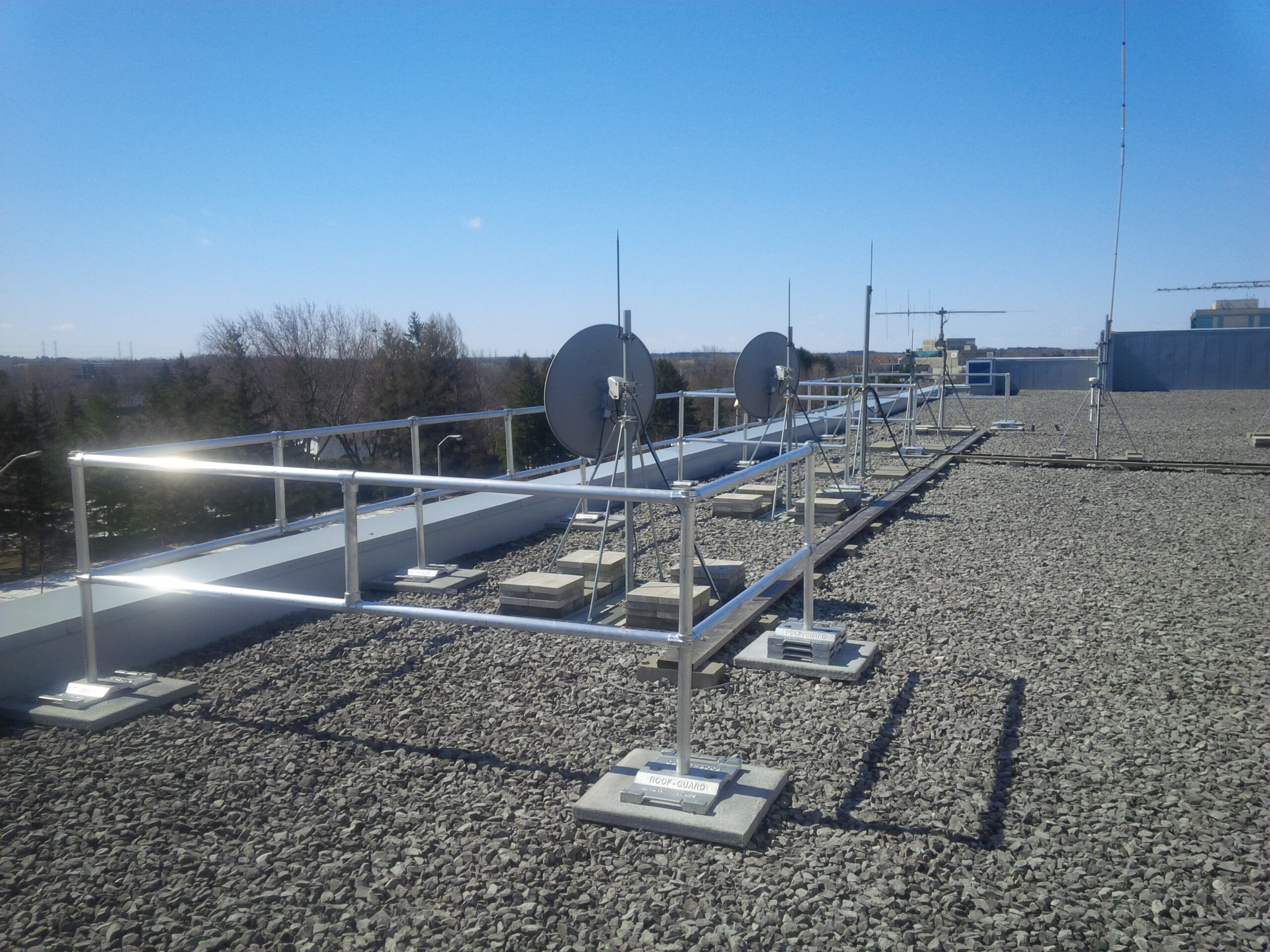Related: Rooftop Guardrail, RackGuard Netting and How to Build a Safety Culture
For construction workers, falls are the leading cause of workplace fatalities. Every single day four-construction workers die, often from a preventable accident and on top of this falls from elevation account for one-third of all construction deaths. In Canada alone, more than 40,000 workers get injured annually due to working at heights. This accounts for a significant amount of “lost-time injuries” accepted by workers’ compensation boards across Canada. In addition to large economic losses, falls claim lives as well as causing pain and suffering. Many of these accidents occur from working on and falling from ladders, scaffolds, roofs and other elevations.
Falling is a risk that is not only faced by construction workers but also painters, solar panel installers, window washers, firefighters, live performance workers and any other professionals whose workforces them to work at heights. Being that it is currently impossible to eliminate the need to work at heights all together, certain precautions and measures must be taken to ensure these workers are kept as safe and as free from danger as possible.
To often a problem or potential safety problem is not recognized until an accident occurs within the workplace or a news article has been posted about someone being seriously injured as a result of a workplace fall. Fall protection is one of the primary systems, which should be put in place for a worker who may lose his or her balance at height; when one of these systems is put in place you are able to control or reduce the risk of injury and potential fatality.
A Fall Protection System can consist of a device that prevents a free fall or that restrains a worker in a position, which will prevent a fall from occurring. A Fall Protection System is necessary if you are at risk of falling ten feet or more; which is mandated by the Canadian Government (Note: many other countries have similar laws and it is best to check to with your local laws in order to ensure you know and understand the laws that affect you).
Types of Fall Protection Equipment:
The nature of the Fall Protection System depends on the situation. A Fall Protection System can be any of the following:
- A Guardrail System which consists of railings that can be installed at the edge of a construction site, roof or wherever possible to prevent a fall from occurring.
- Safety Net Systems a netting system, that is able to either catch a falling item or reduce the velocity which it is falling. These fall protection devices can be used effectively throughout the construction of industrial framed buildings.
- Fall Arrest Systems such as a full body harness is often used to stop workers mid-fall and prevent them from hitting the surface below.
- Fall Restraint Systems such as work positioning devices prevent workers from travelling to the edge of a building or structure and are perfect for when a Guardrail System isn’t feasible.
- Warning Line Systems warn employees that they are approaching an unprotected roof side or edge.
After You Have a Fall Protection Device In Place:
Any work at heights needs to be properly supervised, planned and not carried out in dangerous weather conditions. If an appropriate Fall Protection System is not used properly or installed properly it can be disastrous. Some of the consequences of not having a properly installed, maintained and implemented fall protection system, include workers feeling unsafe, injury and in the worst-case fatality.
On top of installing a Fall Protection System, you also need to ensure that it is properly maintained through inspections. Despite the increasing sales of fall protection products, the number of fall-related injuries continues to grow. This is because like everything a fall protection device will over time deteriorates from use and exposure; which is why fall protection equipment must be inspected regularly for wear and damage in order to keep workers at heights safe. On top of this if your employees are not properly taught how to use your fall prevention equipment they will be unable to receive many of the benefits of the fall protection device, and in many cases if they are unaware of how to properly use it they could be at just as much risk of injury than if it was not there at all.
Fall Protection Safety Tips:
If a fall protection system is not properly utilized and regularly inspected, it may as well not be there at all, which is why you should keep these working at heights tips in mind:
- A competent person should assess the risks associated with any job task in order to identify, control or eliminate any fall hazards.
- One of the best options for eliminating a fall hazard is a guardrail System because workers are protected at all times.
- Employees must ensure that workers who use Fall Protection systems are adequately trained on the systems use.
- A rescue plan should be in place whenever a fall arrest system or safety net is used.
- Always follow the manufacturers’ instructions and recommendations regarding the inspection schedule, maintenance, storage and documentation.
- An elevated work platform should only be operated on a strong, stable, horizontal surface.
- Always ensure that workers are alert to any dangers that may present themselves while working at heights.
- Document all fall protection efforts and ensure that you have regular training sessions with your employees on how to properly use the equipment.
Falls can be prevented but the statistics are not. Workers are falling due to workplace conditions and improper training not because they are clumsy, careless or accident-prone. Through the close examination, hidden slip or trip hazards can be revealed. On the positive side, once such hazards are revealed, they can be controlled or even eliminated.
No job is so important that it cannot be completed with safety in mind. If you are an employer of workers at heights or a worker who works at heights and have any questions regarding Fall Protection, please share your thoughts in the comment section below, and remember safety should always be your first priority. The law does not only require fall protection but it will also install peace of mind among workers and possibly save their lives.


